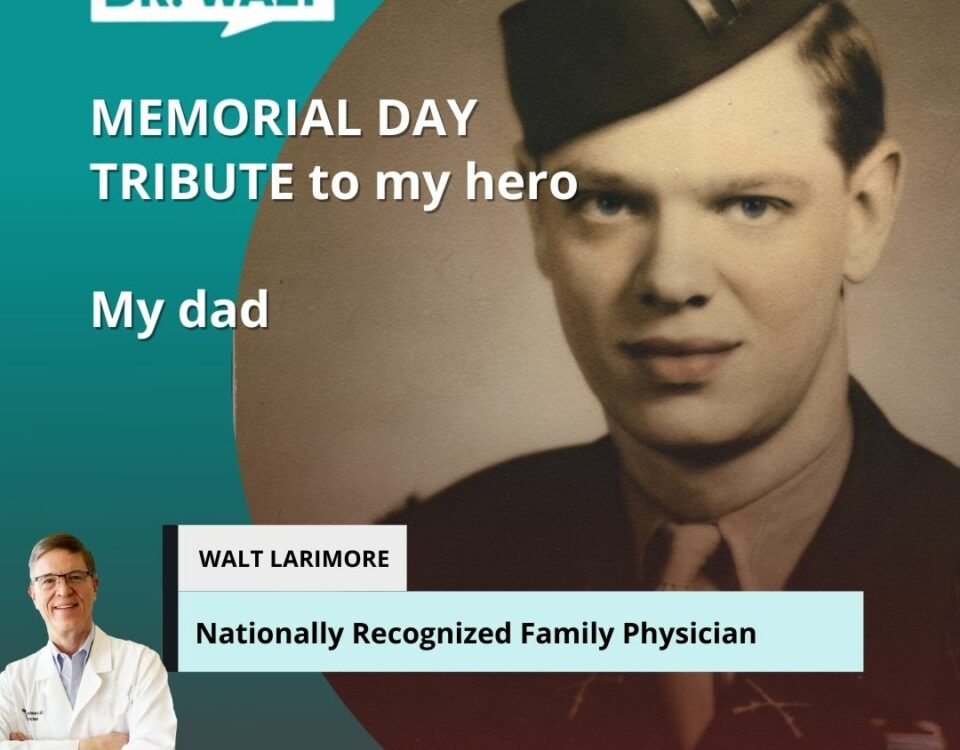
February 15, 1944 – A teenage WWII hero ships out to Naples
February 15, 2024
February 17, 1944 – A teenage WWII hero meets a dressage master
February 17, 2024On February 16, 1944, the Germans had completely surrounded the Allies that were pinned down on the Anzio Beachhead — which the men quickly named ‘The Bitchhead,’ while the Germans called it ‘The Deadhead’ for the Allies. In their confidence, while Phil and his men awaited assignment, the Nazis launched a new offensive (Operation Fischfang). By February 18, after desperate fighting, the Allies were under a vicious attack. However, a counterattack by the Allies, using VI Corps’ reserves, halted the German advance, and on February 20, Fischfang petered out with both sides exhausted. During Fischfang the Germans had sustained some 5,400 casualties, the Allies 3,500. Both had suffered 20,000 casualties each since the first landings by the Allies on January 22, 1944..

The situation was so tense that even cooks and drivers were fed into the lines in an effort to stop the German steamroller. These were the days when the Americans paid a bitter price in blood for the toehold south of Rome.
The main weight of the attack was pressed against the 45th Division. and the British 1st Division. When the line receded but didn’t disintegrate, Col. Lionel C. McGarr’s 30th Infantry Regiment (Phil’s future regiment). and the 1st Armored Division. counterattacked across the flat Pontine marshes to steady and re-establish the beachhead line.
Enemy planes flew over, bombing and strafing our artillery. One infantryman wrote, “They really came in low.”
Another wrote:
We were in this ditch near [a] crossroads … it had changed hands several times. I was in the ditch and I could see the machine guns chattering. The German 1st and 4th Parachute Division really wanted to take that crossroads back.
All of a sudden, the young Kraut ran down to the ditch and in very good English said, “You Americans come out and surrender, we got you surrounded.”
At the time, Pfc. Lownes Liezear was on the water-cooled machine gun. Well, Leizear immediately opened up on the Kraut, cutting him right in half. He flopped to the ground just like a dead chicken. We weren’t going to surrender to anybody, Fortunately the attack was held off by our troops.
By February 20, the major enemy offensive to drive VI Corps into the sea had been repulsed; however, the Germans had no intention of abandoning their ultimate objective of annihilating the Anzio beachhead. Many German units suffered such heavy losses in the assaults of 16-20 February that they had lost their offensive punch. Many of the severely depleted units had to be withdrawn from the front on 23 February. Under such circumstances, the Germans had to pause to regroup and replenish their forces before they could again launch a large-scale attack. The Germans then planned to wear down the shoulders of the salient and weaken the Allied forces holding the central beachhead defense sector so that the frontal attack could be successfully renewed.
The major characters on Anzio would soon become major commanders for Phil when he would arrive on Anzio in a few days.
During this time the 3rd Infantry Division’s Commanding General, Maj. Gen. Lucian K. Truscott, was ordered by the Commanding General, Fifth Army, to take command of the VI Corps, which then included the 1st and 56th British Divisions; the US 45th and 3rd Infantry Divisions, the US 1st Armored Division; the US 36th and 39th Combat Engineer Regiments; US-Canadian Special Service Force, the 4th Ranger Battalion, 504th Parachute Infantry Regiment, and 509th Parachute Infantry Battalion. General Truscott had commanded the 3rd Division since its training period at Port Lyautey, French Morocco, in 1943, eleven months before.
Brig. Gen. John W. “Iron Mike” O’Daniel, Assistant 3rd Infantry Division Commander, assumed command of the 3rd Infantry Division (Phil’s future Division) on February 17 when Gen. Truscott went to VI Corps. His men well remember his classic retort to Field Marshal Sir Harold R.L.G. Alexander’s question in the War Room. “I believe it is true that your division did not give an inch. Is that right?” asked the Commander of Allied Armies in Italy. “Not a GD inch!” replied Gen. O’Daniel, who was described as “a short and ebullient former Delaware National Guardsman known as Iron Mike for his foghorn voice.
Colonel Lionel C. McGarr, who had seen extensive combat in North Africa, continued as commander of the 30th Infantry Regiment (Phil’s future regiment). He had being named commander of the regiment in October 1943.
This was the situation into which 18-year-old 2nd Lt, Philip B. Larimore, Jr. would arrive in just a few days.

In case you haven’t read or listened to Dad’s book, you can learn more or order it here.
© Copyright WLL, INC. 2024.


